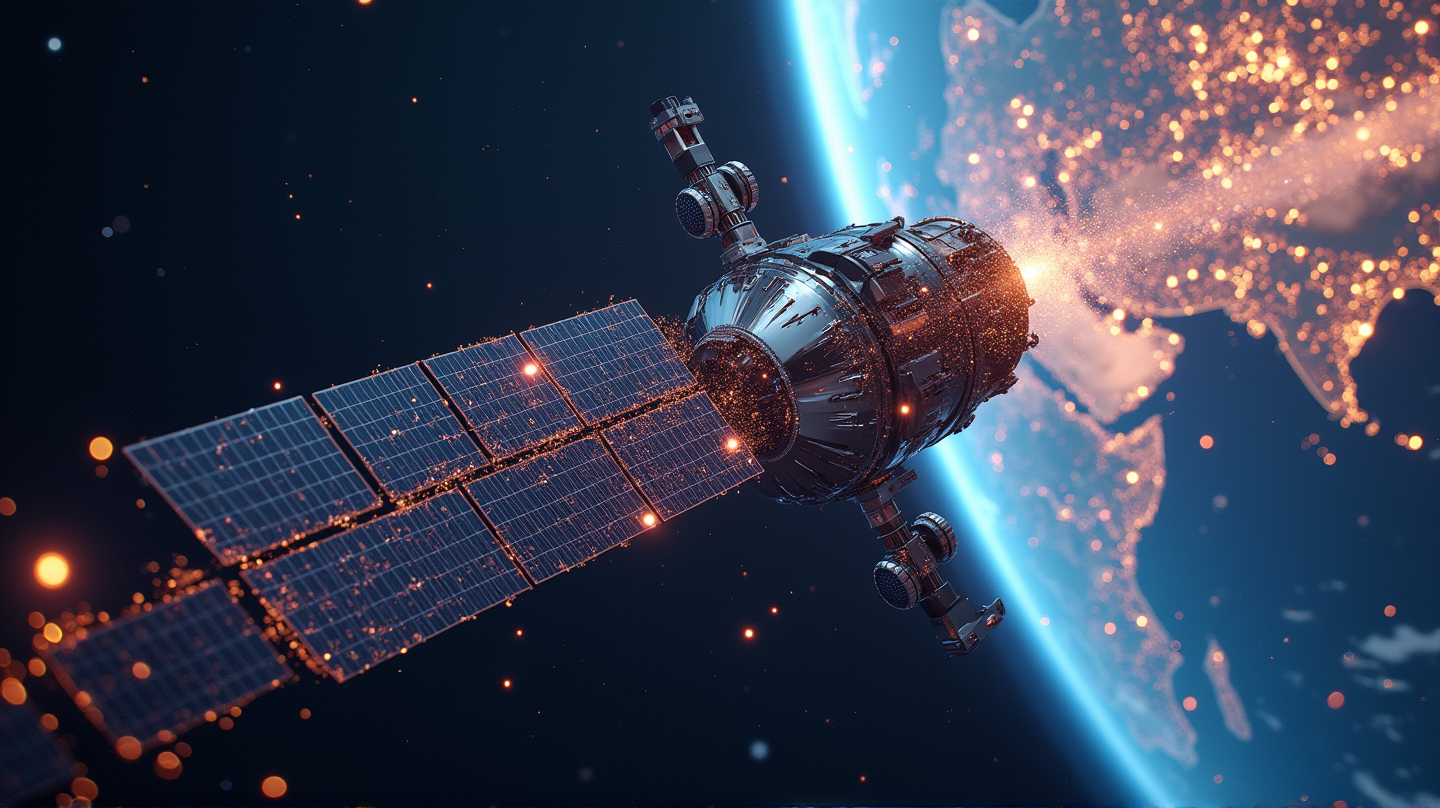Revolutionizing Earth Observation with a 'Cocktail' Approach
Discover how the 'cocktail' approach to Earth observation can transform data integration for faster, affordable decisions.

In the ever-evolving landscape of Earth Observation (EO), the archaic model of selling single-source, high-cost imagery stands on the brink of a major overhaul. The so-called “cocktail” approach offers a solution, suggesting a blend of diverse data sources to furnish decisive and accessible intelligence.
Unshackling the Single-Image Model
For years, the EO industry has championed a straightforward yet limiting approach: high-resolution satellites taking images, followed by selling these at premium prices. This dated model, once efficient in a world with scarce satellite access, today stifles progress and inclusivity. The consequences ripple across sectors, creating a fragmented marketplace where access to essential information is limited to affluent entities.
The Single-Image Quandary
The current business model requires customers to navigate a labyrinth of vendors and technical specifications, driving costs sky-high and leaving less affluent sectors like public service and developing nations trailing behind.
- High Costs and Limited Access: The prohibitive expense associated with multiple high-resolution images continues to restrain large-scale utilization across various sectors.
- Data Silos: Every vendor’s product acts as a discrete entity, forcing unwieldy manual data integration that delays critical decision-making.
- Response Latency: In emergencies, such as natural disasters, dependence on one provider for data can cause life-threatening delays.
The ‘Cocktail’ Revolution
The true promise of EO technology is in collaboration—integrating diverse data inputs for seamless intelligence delivery. This approach transcends the capabilities of individual sensors, merging public domain and commercial data seamlessly.
Imagine needing to assess flood damage rapidly. By engaging a ‘cocktail’ model, you access not just one image but a harmonious blend of cloud-penetrating visuals, land-cover classifications, IOT sensor data, and crucial pre-event baselines. It transforms satellite data from a commodity into essential, actionable insights—ensuring that the highest quality information is available swiftly to those in need.
Shift to Intelligence Streams
Transforming data from static images to dynamic intelligence streams necessitates a market revolution where insights, not pixels, become the key product. The future lies in crafting Intelligence-as-a-Service (IaaS), integrating AI/ML to process data in orbit, drastically reducing latency from hours to mere minutes.
Companies like RSS-Hydro are pioneering this field with tools akin to FloodPin, weaving multi-sensor insights into real-time, precise intelligence. This model pivots the value proposition—selling not raw satellite images but comprehensive, time-sensitive intelligence vital for rapid-response scenarios.
Allowing Global Access to Crucial Information
The transition to a ‘cocktail’ model is not just a technological leap but an economic and ethical imperative. This affordable, democratized approach allows consistent, widespread integration of EO data in everyday operations, paving the way for its uptake by those who need it most.
- Democratizing Disaster Response: By ensuring the affordable utility of life-saving intelligence, the EO cocktail model ensures that comprehensive satellite data serves vulnerable communities promptly and effectively.
The era of expensive, single-source EO is drawing to a close. The future is in collaborative, automated streams that harness space technology to serve our planet, offering a panoramic, lifesaving view that’s accessible to all. As highlighted in Innovation News Network, this innovative model is crucial in fulfilling the true potential of satellite data for Earth and its inhabitants.

